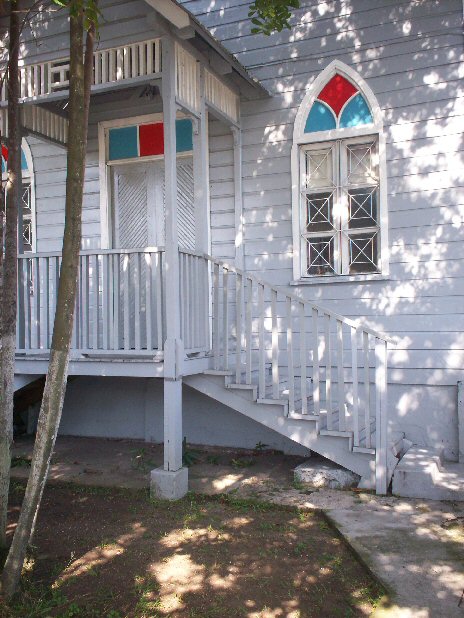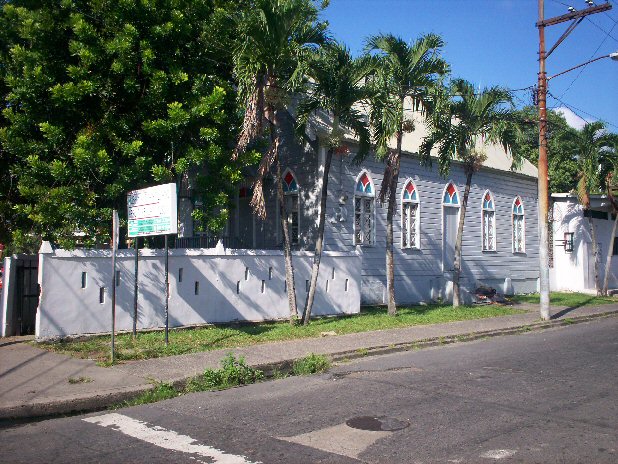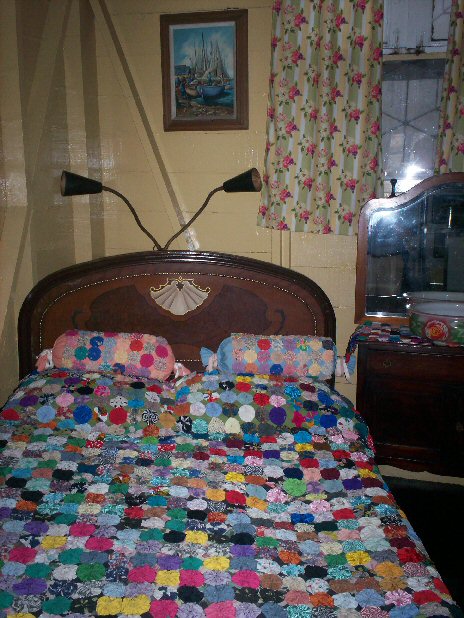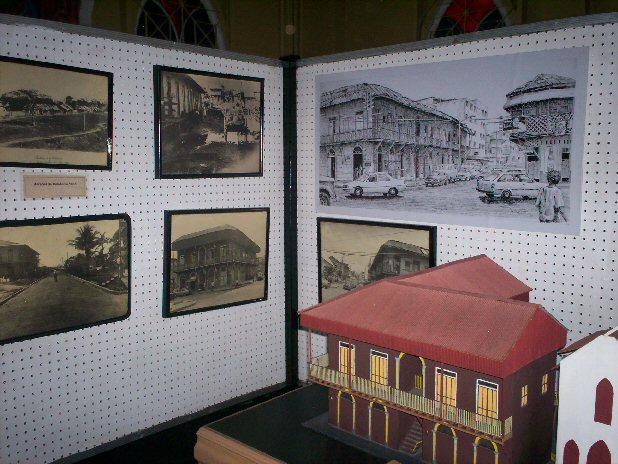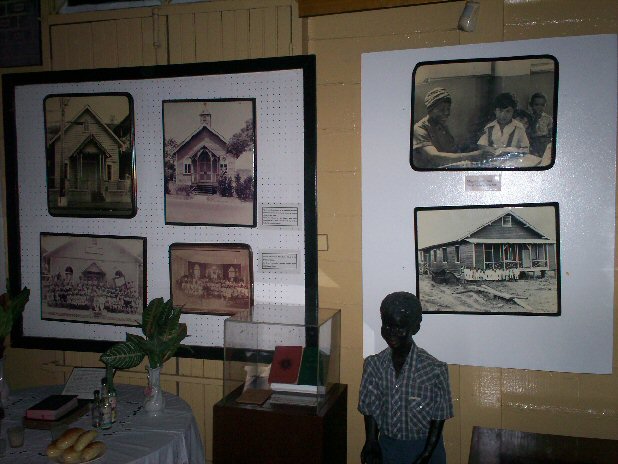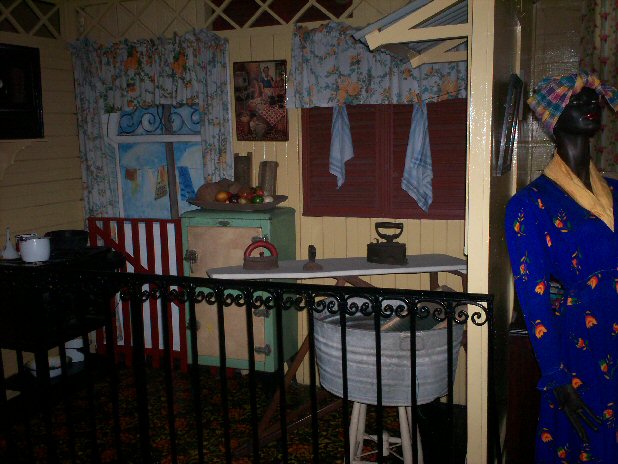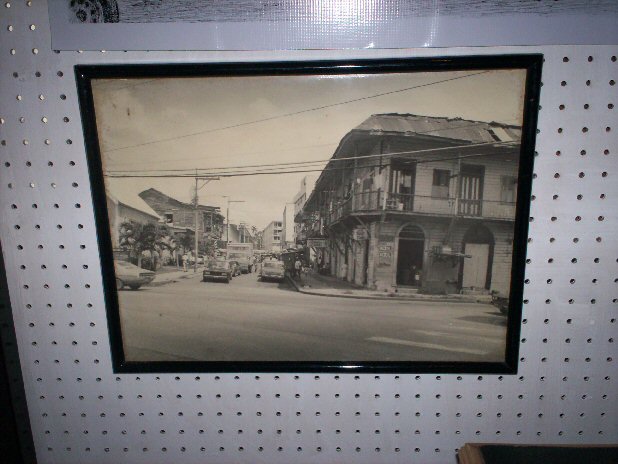Memories of Panama’s Past
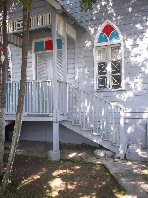
Panama’s past is not just the ruins of Panama la Vieja, the Spanish Colonial buildings of Casco Viejo, or the Panama Canal. Panama has a mixed culture and each part has its memories. A brittle writing slate and ten little children practicing penmanship on a second floor balcony in the Marañon barrio of Panama City is a memory of Colbert Roberto A. Reid, Jr. So are the names of Marañon neighborhood boxers such as Kid Brewster and Kid Chocolate, and an American neighbor’s shiny green Buick.
Located at the far end of Calidonia next to San Felipe (Casco Viejo), the Marañon of days past by is gone. Around 1970 the picturesque, and dangerous, old wooden buildings of Marañon gave way to cement high rises according to Romualda Lombardo, the manager of the West Indian Museum in Calidonia, a block from Plaza Cinco de Mayo and two from Avenida Balboa and the Cinta Costera.
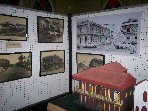 The West Indian Museum’s Spanish, and official, name is Museo Afroantillano. The 1910 wooden church turned museum is stuffed with memories. A Kerosene stove of the turn of the last century, a tub and washboard, and the kind of iron you needed to heat up on the stove highlight a display of home life. There are photos of Panama’s trolleys and a shot of payday during Panama Canal construction with workers lined up at the “pay train.”
The West Indian Museum’s Spanish, and official, name is Museo Afroantillano. The 1910 wooden church turned museum is stuffed with memories. A Kerosene stove of the turn of the last century, a tub and washboard, and the kind of iron you needed to heat up on the stove highlight a display of home life. There are photos of Panama’s trolleys and a shot of payday during Panama Canal construction with workers lined up at the “pay train.”
The museum is supported by Panama’s Ministry of Culture and a “Friends of the Museum” organization, Sociedad de Amigos del Museo Afroantillano de Panamá (SAMAAP). Entry is a dollar and the museum is open Tuesday through Sunday from 9:30 am to 3:45 pm. There is ample parking on the museum’s gated parking lot. For more museum information, visit the SAMAAP website at http://www.samaap.org/.
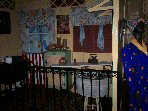 The Museo Afroantillano has the authentic flavor of a well stocked small town museum in North America with lots of personal items and a very knowledgeable staff in the person of Ms. Lombardo.
The Museo Afroantillano has the authentic flavor of a well stocked small town museum in North America with lots of personal items and a very knowledgeable staff in the person of Ms. Lombardo.

